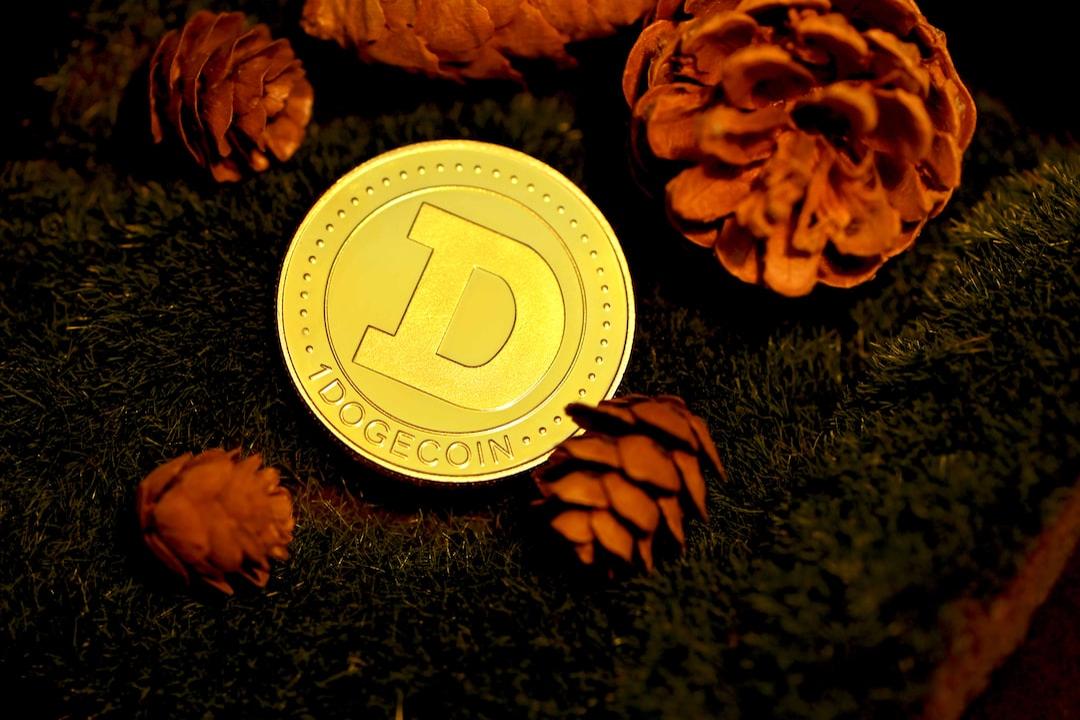Opportunity Market: A New Type of Private Prediction Market
“Opportunity Market” is a new type of private prediction market that allows individuals who discover opportunities to receive rewards from institutional parties that take action. This design addresses the core issues of traditional markets, such as the lack of counterparties and information leakage, enabling anyone to bet on “opportunities.” This article is based on a piece written by Dave White and Matt Liston, compiled and edited by Foresight News.
(Background: Prediction market Kalshi data: 60% of people bet that Gemini will beat ChatGPT to become the best AI LLM of 2025)
(Context: Coinbase will launch tokenized stocks, prediction markets, and IEOs in the U.S.: moving towards a universal exchange)
Imagine
Imagine you discover an unsigned band that is destined to become a sensation. Rather than hastily calling a record label, what if you could “bet” on them yourself?
The “Opportunity Market” introduced in this article is precisely such a private prediction market: individuals who discover opportunities can receive rewards from those who take action.
Record labels, research laboratories, and venture capital firms all want to discover the next big trend before their competitors. However, those who first identify opportunities often lack the institutional resources to connect with action-takers. Historically, these two groups have lacked a smooth mechanism to establish contact and reach transactions.
Prediction markets extract effective signals from decentralized participants by “incentivizing participants with actual stakes.” But if someone wants to earn a million dollars by betting that “XYZ will become popular,” someone else needs to bet a million dollars that it won’t. However, no one wants to bet against thousands of “opportunities” they have never heard of.
The natural counterparties in such markets should be those with the ability to take action: record labels, employers, funds, etc. However, if they provide liquidity in public prediction markets, they are effectively “subsidizing” information, which competitors can easily exploit.
Solution of the Opportunity Market
The Opportunity Market addresses this issue by “only disclosing market prices to initiators.” A record label may provide $25,000 in liquidity for the proposition “Will we sign artist XYZ in 2025?” This portion of “indiscriminate funding” can be won by scouts acting early. When the record label sees the price of this proposition rise, it will consider it an early signal to investigate the artist further. Prices and positions will only be disclosed after an “opportunity window” (for example, two weeks). This functions like a decentralized scouting program, where anyone in the world can participate with actual stakes.
The real challenge is that traders will not receive price or position feedback for a long time, akin to “blind trading,” and the risks of self-trading are evident. However, we believe that there is valuable potential to be explored here, and the design space is vast.
Core Ideas
Motivation
Imagine a music fan discovering an unsigned artist destined for fame. This fan possesses valuable information but lacks connections to record labels; meanwhile, record labels that could sign the artist are completely unaware of their existence. For example, a researcher might find groundbreaking results related to autonomous driving hidden in an obscure paper, but they lack the resources to commercialize it, while companies that have invested billions in R&D are entirely oblivious to the paper.
This pattern appears repeatedly across various fields: shop owners discover trends before big brands, local suppliers identify potential businesses before investors, and fans spot athletic talent before the general public.
In each case, those on the front lines with deep contextual expertise hold information that is highly valuable to those with resources to take action. However, there is no bridging mechanism: those with information cannot monetize their insights, and those with resources miss opportunities.
This article focuses on such opportunities: evaluations and actions require considerable resources and are competitive and time-sensitive; thus, knowing these opportunities earlier than others with the ability to act can provide a significant advantage.
Existing Mechanisms
Scouting programs are one solution to the aforementioned situation. They offer “small revenue shares for discovering opportunities” to specific groups with contextual knowledge. However, such programs are limited by trust requirements and evaluation costs: the scale of the organization cannot exceed its ability to vet scouts and recommended content.
Prediction markets have been proven to aggregate information from broad, decentralized populations. Yet, there are incentive issues: if someone wants to make a fortune betting that a particular artist will succeed, someone else must bear the corresponding loss. Market makers have no reason to place a large bet against an artist they’ve never heard of. Even if institutions subsidize market liquidity to obtain information, current prediction markets often provide information as “public goods”—competitors can free-ride on these signals, ultimately eroding the advantage. This is the core “information leakage” problem the Opportunity Market aims to solve.
Mechanism Design
Example
Using an example makes this concept easier to explain. Suppose a record label wants to create a decentralized scouting program via the Opportunity Market.
They create a series of private prediction markets with the proposition “Will we sign artist X in 2025?” Here, X can be any artist. Anyone can create new markets for artists not listed and include them in this series.
The term “private” means that only the initiator (i.e., the record label) knows the market price at any time. The following sections will discuss some challenges involved.
The record label acts as a market maker, providing up to $25,000 in liquidity for each market. They can commit to this amount of liquidity or demonstrate it in some way (for example, running an automated market maker in a Trusted Execution Environment (TEE)). Scouts can win this “indiscriminate funding” as long as they act early. As scouts gain confidence in a particular opportunity, they will buy more shares, driving the market price up. When the price of a particular opportunity rises, the initiator (the record label) will notice and investigate, potentially leading to signing the artist. If a contract is ultimately signed, the shares will redeem profits, and the record label effectively pays up to $25,000 in incentives for the decentralized scouting.
Privacy Protection
For the Opportunity Market to operate, only the initiator must be able to see the current price. If traders can immediately see the status of their orders, they can deduce market prices via trading.
However, traders ultimately need to know their positions. The solution is to set an “opportunity window” (e.g., two weeks), after which traders can learn whether their orders were filled. This provides the initiator with time to investigate potential opportunities before information is disclosed.
After the window period, there are various design options: disclose all prices and positions; only disclose individual traders’ personal positions; implement different rules for large and small orders, etc. More complex systems might allow “closing sell” or “closing buy” limit orders before position disclosure or even allow trading agents to operate without disclosing current positions.
Market Design Details
Liquidity Supply
The market can adopt either an automated market maker model or an order book model. In either case, liquidity may concentrate within specific ranges. For instance, the initiator may start providing liquidity at a 1% probability level (information below this level has no practical value) and stop providing liquidity at a 30% probability level (market signals above this level have limited additional value).
Unlimited Markets vs. “Top N” Markets
For most types of opportunities (e.g., signing artists), the number of actions the initiator can take within a given time frame is limited. Therefore, if traders are willing to believe that the record label will honor its payments, the company only needs to commit to paying out for “Will we sign artist X in 2025?” markets with an unlimited number, ensuring that the total liquidity across all markets does not exceed the threshold “that even signing too many artists can still be honored.” If a more “permissionless” approach is desired, the market can achieve full collateralization through a “Top N” structure. For instance, a market proposition “Will XYZ be one of the top 10 artists we sign in 2025?” would require each market to collateralize 10 times the maximum liquidity since only 10 such markets can ultimately be honored.
Limiting Exploitation
The initiator possesses unique information about the market state and understands their operation process, leading to exploitation risks. For example, they might imply they will utilize opportunity X while simultaneously selling heavily in that market.
From a mechanism design perspective, resolving this issue is challenging and largely relies on trust and reputation effects. Ultimately, market participants will only be willing to engage in markets initiated by parties who demonstrate fairness over the long term. The initiator can adhere to the following principles:
- Commit to never actively selling shares in any market they initiate;
- Commit to returning all profits from Opportunity Market transactions to participating traders or using them as additional liquidity for future markets.
Running the Opportunity Market in a Trusted Execution Environment (TEE) and publicly disclosing all transactions after market settlement can also provide a degree of transparency and mitigate risks.


